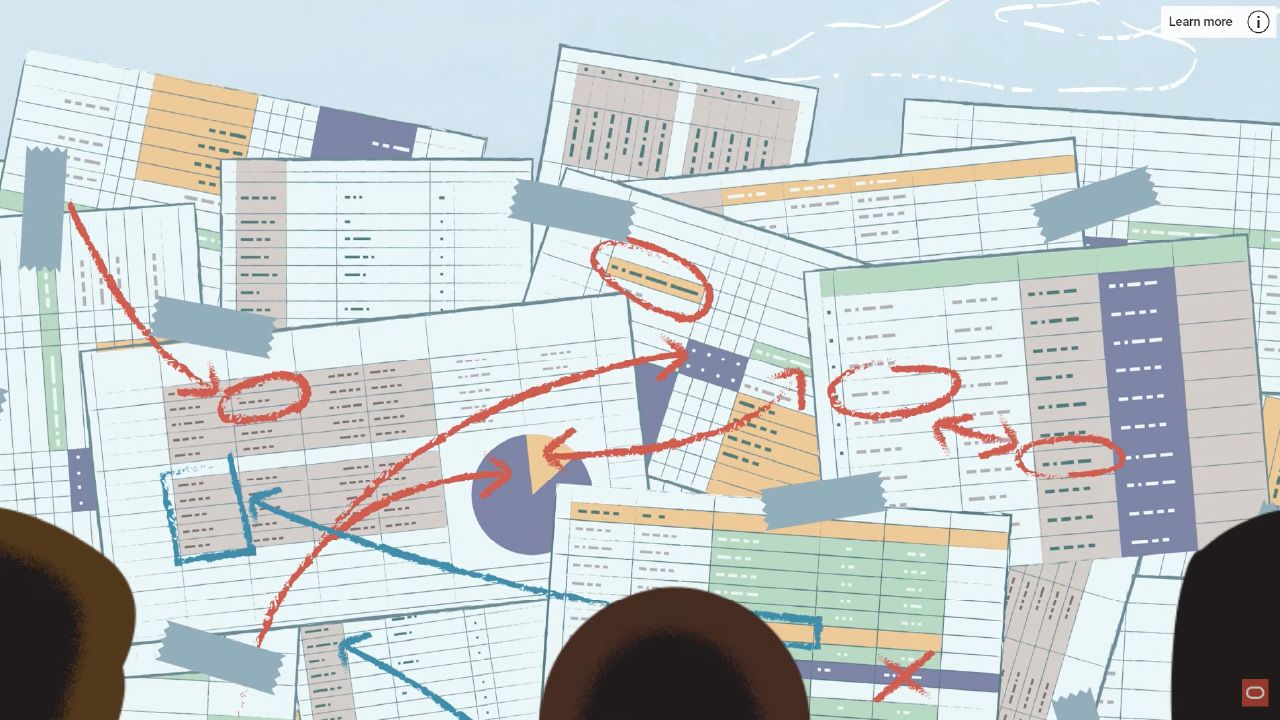
Solutions
Oracle E-Business Suite Asset Lifecycle Management
Oracle E-Business Suite Asset Lifecycle Management (ALM) is a comprehensive solution that helps organizations manage their physical assets throughout their entire lifecycle. ALM enables organizations to optimize asset utilization, reduce maintenance costs, improve operational efficiency, and comply with industry standards and regulations.
Asset Lifecycle Management is the process of planning, acquiring, operating, maintaining, and disposing of physical assets in a cost-effective and sustainable way. Asset Lifecycle Management covers the following stages:
- Planning: This stage involves identifying the asset needs, defining the asset specifications, evaluating the asset alternatives, and selecting the best option.
- Acquiring: This stage involves procuring the asset, installing the asset, commissioning the asset, and registering the asset in the asset inventory.
- Operating: This stage involves using the asset for its intended purpose, monitoring the asset performance, measuring the asset value, and optimizing the asset utilization.
- Maintaining: This stage involves performing preventive and corrective maintenance on the asset, inspecting the asset condition, updating the asset information, and managing the spare parts and tools.
- Disposing: This stage involves retiring the asset, decommissioning the asset, disposing of the asset in an environmentally friendly way, and capturing the asset lessons learned.
How does Oracle E-Business Suite support Asset Lifecycle Management?

Oracle E-Business Suite provides a suite of applications that support Asset Lifecycle Management across various domains, such as manufacturing, transportation, utilities, oil and gas, and public sector. These applications include:
- Oracle Enterprise Asset Management (eAM): This application enables organizations to efficiently maintain both assets and rebuildable inventory items. eAM tracks the performance of assets using meters, quality plans, and condition monitoring systems. eAM also supports preventive maintenance strategies, alternative maintenance schedules, resource planning and scheduling, work order management, cost tracking, and reporting.
- Oracle Asset Tracking (OAT): This application enables organizations to track and manage their assets throughout their lifecycle. OAT integrates with Oracle Inventory, Oracle Purchasing, Oracle Projects, Oracle Payables, Oracle Fixed Assets, Oracle eAM, and Oracle RFID to provide a complete view of the asset location, status, ownership, and history.
- Oracle Property Manager (OPM): This application enables organizations to manage their real estate portfolio. OPM supports lease administration, space management, property accounting, service requests, and reporting.
- Oracle Complex Maintenance Repair and Overhaul (CMRO): This application enables organizations to manage complex maintenance activities for aerospace and defense assets. CMRO supports configuration management, maintenance planning and execution, material management, quality assurance, regulatory compliance, and reporting.
Why choose Oracle E-Business Suite for Asset Lifecycle Management?

Oracle E-Business Suite offers several advantages for Asset Lifecycle Management:
- Scalability: Oracle E-Business Suite can handle large volumes of assets across multiple locations and organizations.
- Integration: Oracle E-Business Suite integrates with other Oracle applications to provide a unified data model and a seamless user experience.
- Flexibility: Oracle E-Business Suite allows users to customize workflows and user interfaces to suit their specific business needs and preferences.
- Security: Oracle E-Business Suite ensures data security and integrity by implementing access controls, audit trails, encryption, and authentication mechanisms.
- Globalization: Oracle E-Business Suite supports multiple languages, currencies, tax regimes, accounting standards, and regulatory requirements.
